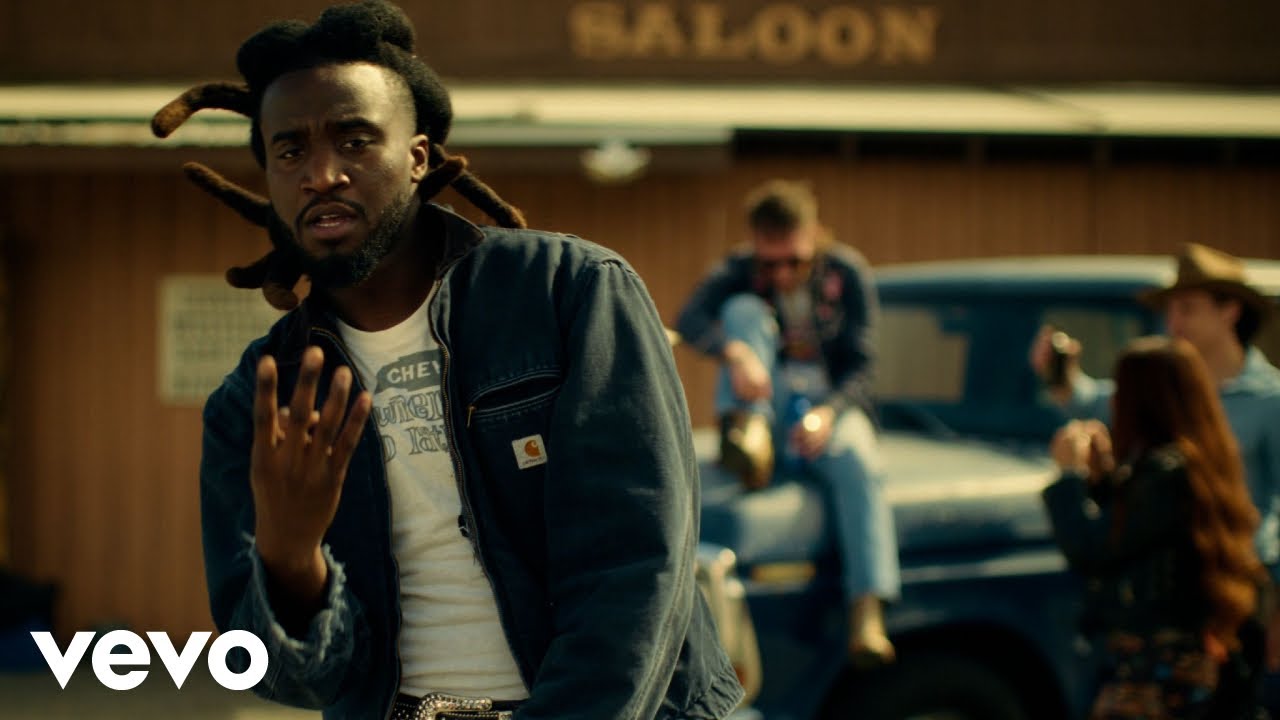When diving into “A Bar Song (Tipsy)” by Shaboozey, it’s essential to recognize that this interpretation may or may not align with the artist’s intentions. The lyrics paint a vivid picture of life, love, and the escapism that comes with a night out. Let’s break it down, line by line.
Verse 1: The song kicks off with a relatable dilemma. “My baby want a Birkin, she’s been tellin’ me all night long.” Here, the mention of a Birkin bag symbolizes desires and expectations in a relationship. It reflects the pressure some feel to provide luxury and status. The singer feels the weight of this expectation as they continue, “Gasoline and groceries, the list goes on and on.” This line highlights the mundane realities of life, emphasizing that everyday responsibilities can become overwhelming.
Then comes the pivotal line, “This nine-to-five ain’t workin’, why the hell do I work so hard?” This conveys frustration. The grind of a typical job doesn’t seem worth it, especially when it doesn’t satisfy personal or romantic aspirations. The last part of the verse, “I can’t worry ’bout my problems, I can’t take ’em when I’m gone, uh,” introduces a theme of escapism. Here, the singer seeks temporary relief from life’s burdens, suggesting that the bar is a sanctuary from reality.
Pre-Chorus: Transitioning into the pre-chorus, we get the infectious energy of a night out. “One, here comes the two to the three to the four.” This rhythmic counting builds anticipation, as if counting down to something exciting. “Tell ’em ‘Bring another round,’ we need plenty more,” encapsulates the carefree vibe of partying. It’s all about living in the moment and enjoying life with friends.
The imagery of “Two-steppin’ on the table, she don’t need a dance floor” is vivid. It captures spontaneity and fun, showcasing how joy can be found anywhere, even in unconventional places. The phrase “Oh my, good Lord” serves as an exclamation of disbelief at the fun unfolding, reinforcing the idea that the night is full of surprises.
Chorus: Now we reach the chorus, where the essence of the song shines. “Someone pour me up a double shot of whiskey.” Whiskey becomes a symbol of indulgence, a means to forget life’s troubles. The line “They know me and Jack Daniel’s got a history” reveals a deep connection between the singer and the drink, suggesting familiarity and comfort in a bottle.
The reference to “a party downtown near 5th Street” paints a clear picture of the setting, making listeners feel the bustling atmosphere. It’s a place where everyone is “gettin’ tipsy.” This collective experience underscores the theme of camaraderie and the shared escape from reality.
Post-Chorus: Repeating “Everybody at the bar gettin’ tipsy” reinforces this sense of unity. It’s a mantra celebrating the joy of letting loose. The repetition also serves to drive home the carefree vibe of the night, creating an infectious rhythm.
Verse 2: As we move into the second verse, the tone remains lively. “I’ve been Boozey since I left.” Here, the singer embraces the party lifestyle. It’s not about fitting into societal norms or expectations—it’s about authenticity. “I ain’t changin’ for a check” further emphasizes this point. The refusal to conform suggests a strong sense of self, a desire to enjoy life on one’s own terms.
The line “Woke up drunk at 10 a.m.” is both humorous and relatable. It speaks to the consequences of a wild night, but instead of regret, there’s a sense of acceptance. The statement, “We gon’ do this shit again,” shows a commitment to this lifestyle, a willingness to dive back into the fun.
“Tell your girl to bring a friend” hints at the social nature of these outings. It’s an invitation to expand the circle, emphasizing that nightlife is about connection and shared experiences.
Pre-Chorus: We return to the pre-chorus, the counting and anticipation building once more. The line, “When it’s last call and they kick us out the door,” brings a bittersweet twist. The end of the night is approaching, and there’s an urgency to savor every moment before it slips away.
Chorus: We hit the chorus again, and it’s just as powerful as before. The repetition reinforces the enjoyment of whiskey, evoking a feeling of nostalgia and warmth associated with late nights. “At the bottom of a bottle, don’t miss me” portrays a sense of finality and acceptance, almost as if the singer is ready to embrace whatever comes next, as long as the good times continue.
Post-Chorus: The refrain keeps the energy high, reminding us of the ongoing revelry. It’s a celebration of not just drunkenness but the joy found in shared moments and laughter at the bar.
Outro: The song closes with the line, “That’s fuckin’ messed up, bro, they kicked me out the bar.” This moment brings us back to reality. It’s a stark reminder that all good things come to an end. Yet, even in this frustration, there’s humor and camaraderie. The connection with friends and the shared experiences linger, even as the night concludes.
In conclusion, “A Bar Song (Tipsy)” captures a lively, relatable narrative of escaping life’s pressures through camaraderie, fun, and indulgence. Each lyric, from the desire for luxury to the carefree atmosphere of the bar, tells a story that resonates with many. It’s a journey through highs and lows, ultimately celebrating the joy of living in the moment.
